Russia built wooden frames covered with canvas and camouflage nets above the trenches, to hide soldiers from suicide UAV attacks.
Video released by Ukraine’s 36th Marine Brigade earlier this week shows a drone strike on a Russian trench. The time and location of the incident were not disclosed, but the 36th Brigade is one of the units taking part in Ukraine’s counteroffensive in the Zaporizhzhia direction.
In the video, a Ukrainian reconnaissance UAV observes a section of Russian trenches from above, detecting a number of soldiers moving below. A series of wooden frames are erected on the trenches, but only some sections are covered with tarpaulins or camouflage nets.
An FPV UAV approached, crashed and exploded in a trench where Russian soldiers had moved. The 36th Brigade's account claimed the attack "destroyed Russian soldiers", but some Western experts questioned the effectiveness of the attack, as the video showed no sign of the UAV hitting its target.
Ukrainian FPV UAV attacks Russian trenches in video released on December 10. Video: Telegram/ua_marines_36brigade
Mark Cancian, a senior adviser at the US-based Center for Strategic and International Studies (CSIS), said that the canopy would not stop the suicide UAV, but would make it difficult for Ukrainian reconnaissance aircraft to detect the target and significantly reduce the accuracy of the strikes.
"The canopy helps conceal the hiding positions of Russian soldiers. The video shows that there is no clear target for the UAV to attack. This is a reasonable solution to adapt to the battlefield flooded with UAVs," Cancian said.
FPV UAVs are remote-controlled aircraft that are controlled by a handheld controller and a head-mounted display, giving the user a realistic view of the cockpit. They are made from cheap components and can be assembled right on the battlefield. Their operating range is about 15 km, depending on the size of the payload.
They are often equipped with RPG-7 anti-tank shaped charge (HEAT) warheads or fragmentation explosives, allowing them to attack a wide variety of targets. Although less powerful than specialized suicide UAVs, FPV UAVs still pose a significant threat on the battlefield due to their compact size, making them difficult to detect and intercept.
Vu Anh (According to Business Insider )
Source link


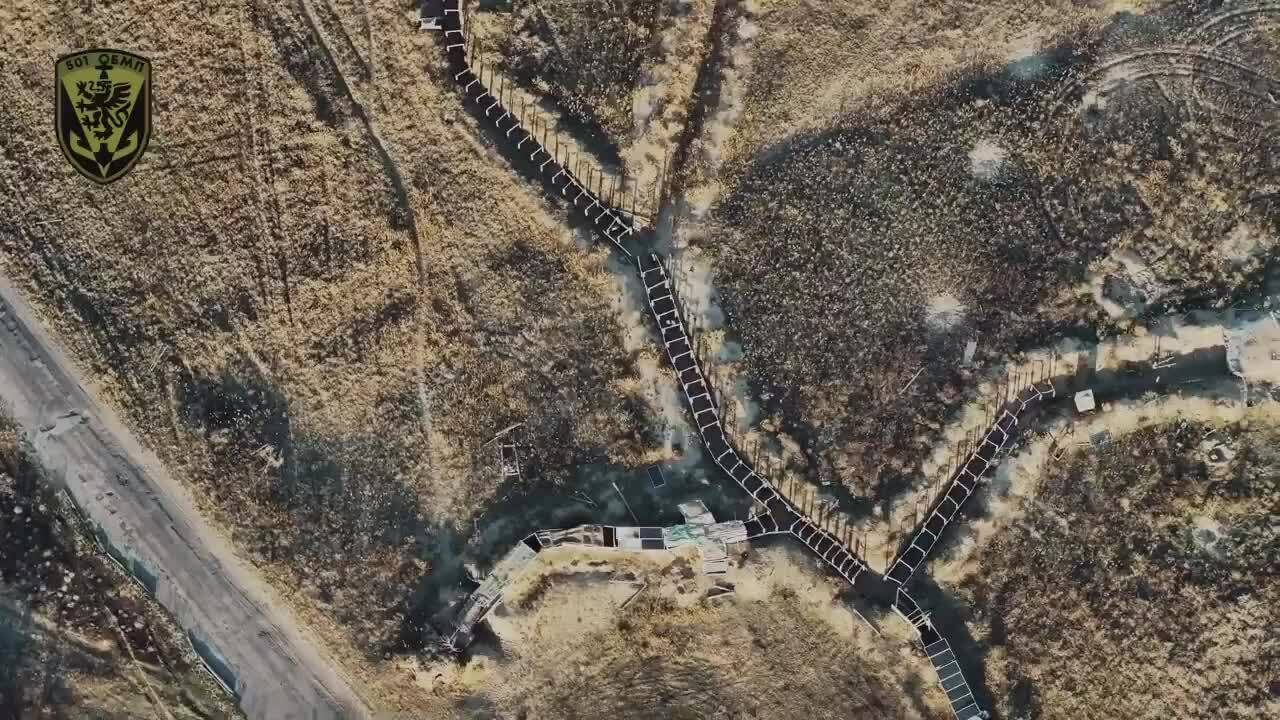



![[Photo] Prime Minister Pham Minh Chinh chairs meeting to deploy overcoming consequences of storm No. 10](https://vphoto.vietnam.vn/thumb/1200x675/vietnam/resource/IMAGE/2025/10/3/544f420dcc844463898fcbef46247d16)
![[Photo] Students of Binh Minh Primary School enjoy the full moon festival, receiving the joys of childhood](https://vphoto.vietnam.vn/thumb/1200x675/vietnam/resource/IMAGE/2025/10/3/8cf8abef22fe4471be400a818912cb85)





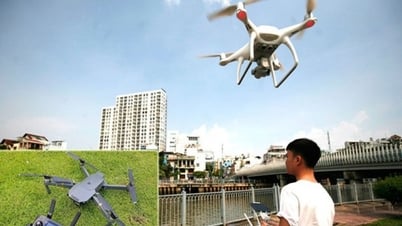

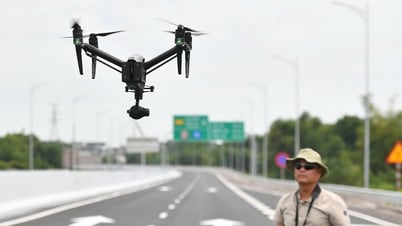

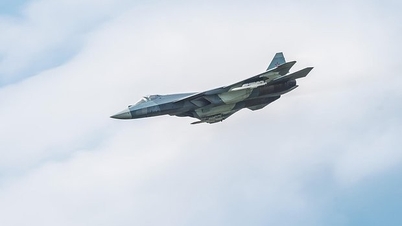


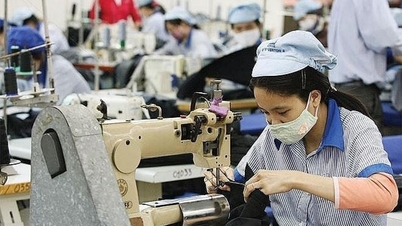



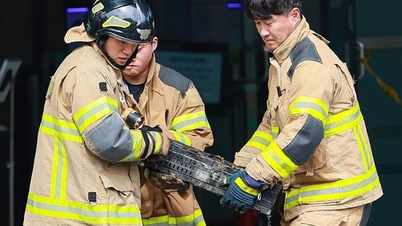


















































































Comment (0)